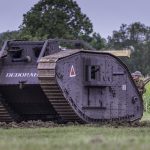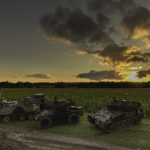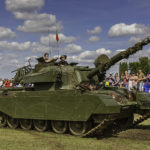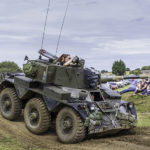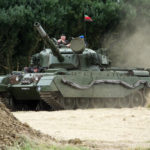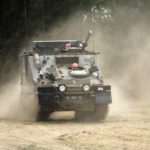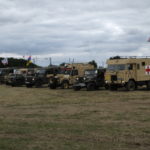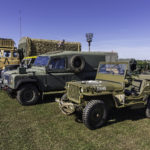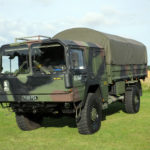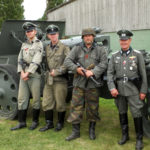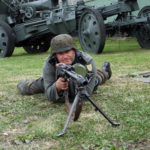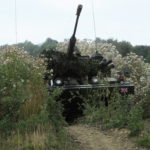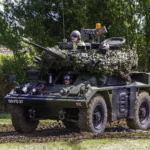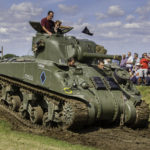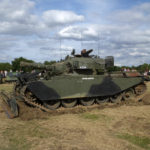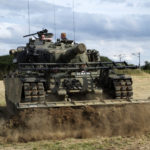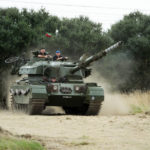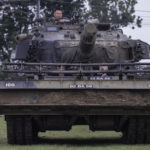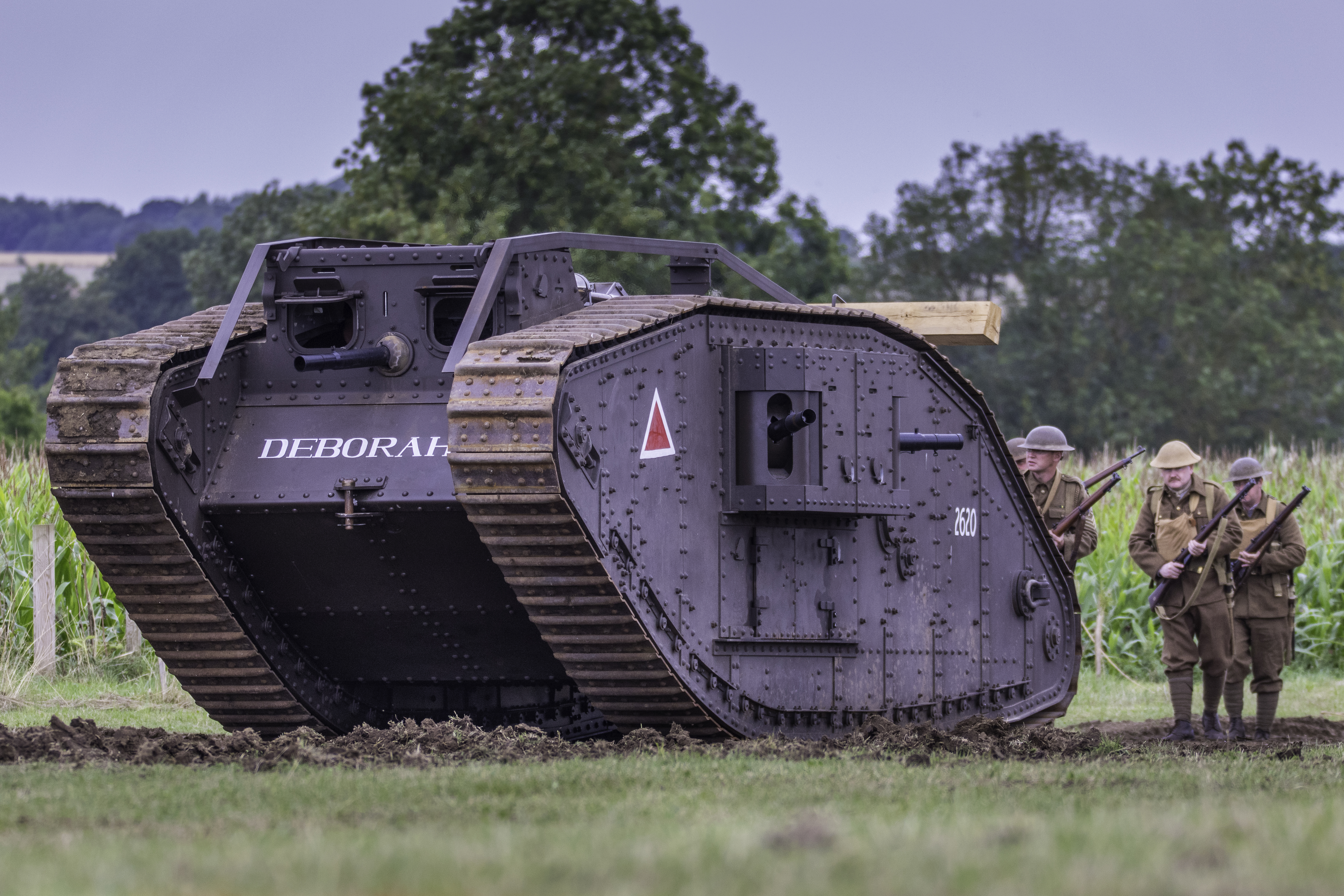Clansman Radio’s
Clansman is the name of a combat net radio system (CNR) used by the British Army from 1976 to the early 2000’s when it was replaced by Bowman communication system.
The Clansman project was the last wholly British range of military radios. Planned in the 1960’s by the MOD, using technology developed by the Signals Research & Development Establishment. Clansman represented a considerable advance over the existing Larkspur radio system, featuring digital technology allowing unprecedented stability, better reliability, truly portable infantry sets and simple frequency setting’s compared with the complex tuning drills needed for Larkspur. The sets also had much higher power than previous models, using narrow band Frequency Modulation (FM) modulation on VHF, and Single Side band (SSB) on HF (Short wave). The first sets entered service from 1976, and the conversion from earlier sets was completed rapidly after experience in the Falklands War of 1982. Clansman consisted not only of the radios but also a whole new ecosystem of compatible test equipment, antennas, headsets, handsets and vehicle cabling. and proved to be more flexible, reliable and far lighter. Due to a false start in the 1990’s called project Yeoman which made necessary a 2nd attempt at the replacement project Clansman radios were in service until 2006-2008 when replaced by the modern, secure and fully digital Bowman system which is based on American ITT (General Dynamics) and Harris radios. Clansman also introduced digital voice transmission and encryption to the front line radio communications of the British Army.
With the introduction of the Personal Radio Communicator (PRC) 349, 350, 351, 352 and 320 and the Vehicle Radio Communicator (VRC) 321,322 and 353.
Most Clansman radio equipment was built by Racal, Mullard Equipment Ltd (MEL) and Plessey, although headsets and ancillaries were also produced by Amplivox, Marconi and others.


